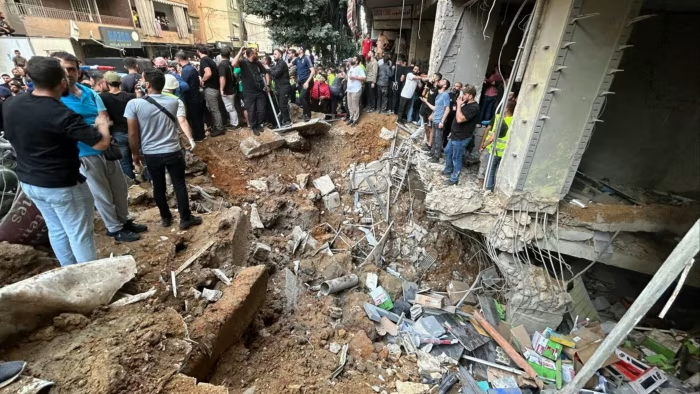Najaf Governor resigned from office weeks after incessant pressure by the Sadr movement to step down.
One day after Nasiriya governor in Iraq decided to resign, a second resignation was announced in the same post. The wave of resignations occurs in the wake of protests over living quality and fraud.
Yesterday, Louai al-Yasseri, the governor of Najaf province, stepped down from his position as governor of Najaf. This was while on Thursday, Nasiriya governor, who had harshly suppresser the demonstrations there, resigned from office.
Their withdrawals highlight the difficulties that war-torn Iraq faces. Besides, it shows how trivial was the change since protests rocked the Baghdad and the country’s southern provinces in 2019.
Scores of people lost their lives in protest-related bloodshed as thousands of people went to the streets to voice their outrage over fraud, poverty, and deteriorating social programs. The protests led the authorities to vow basic sovereign overhaul in the country’s political system.
According to the official media in Iraq, al-Yasseri resigned from his role in the sacred Shiite city at a press interview.
Following assembly polls over two months ago, famous Shiite leader Moqtada al-Sadr, called for his resignation. Sadr emerged winner and kingmaker in the results and trying to make reforms in the executive structure.
Sadr had an open visit to the mayor office in Najaf two days ago. This followed claims of fraud and inefficiencies in this body. “We will work on dismissing the governor of Najaf and replacing him legally,” he referred in the visit.
Sadr hailed the governor’s withdrawal as a move in the correct way two days later. Throughout Najaf and the adjacent Diwaniya, besides Nasiriya, occasional protests have erupted in recent weeks. Demonstrators have criticized living quality and demanded that young grads be given work possibilities.
From Najaf to Other Provinces; Sadr Reform under Western Influence
Iraqi PM Mustafa al-Kadhemi convened a security group to talk about the protests three days ago. He emphasized the urgency to prevent “the use of force or shooting.”
Following demonstrations in which 3 people were lost their lives by gunshots, Nasiriya’s governor submitted his resignation the next day. The current protests are the result of now policies by the election winners.
After deadly reprisals and the onset of the pandemic, the 2019 protests came to an end. During the rallies, over 600 protesters lost their lives and tens of thousands inflicted physical harms. As a compromise to the protestors, Al-Kadhemi pushed the polls ahead to October.
However, fury gave way to disillusionment, and voter turnout was at an all-time low. According to the electoral commission, Sadr movement won 73 seats in the legislative polls, accounting for more than 20% of the total seats. This was far from majority, but made Sadr the king-maker in the absence of any major rival.
Sadr formerly led a militant ally against Washington and Baghdad government forces. The fresh winner, under the pressure to secure his power, showed signals of inclination to Washington. The changing policy affected the views towards his independence and approach to the future of the country.
A major part of the protests during the recent years in Iraq concerned the calls for withdrawal of US troops. Najaf was one of the centers against US intervention in Iraqi local affairs.
The rise of Sadr to power realized through his vows the facilitate the ousting of US troops and powerbrokers. People find any reform in the executive infrastructure once they facilitate and boost the independence. Najaf and Nasiriya governors left office while the current state of affairs can’t promise better days.








